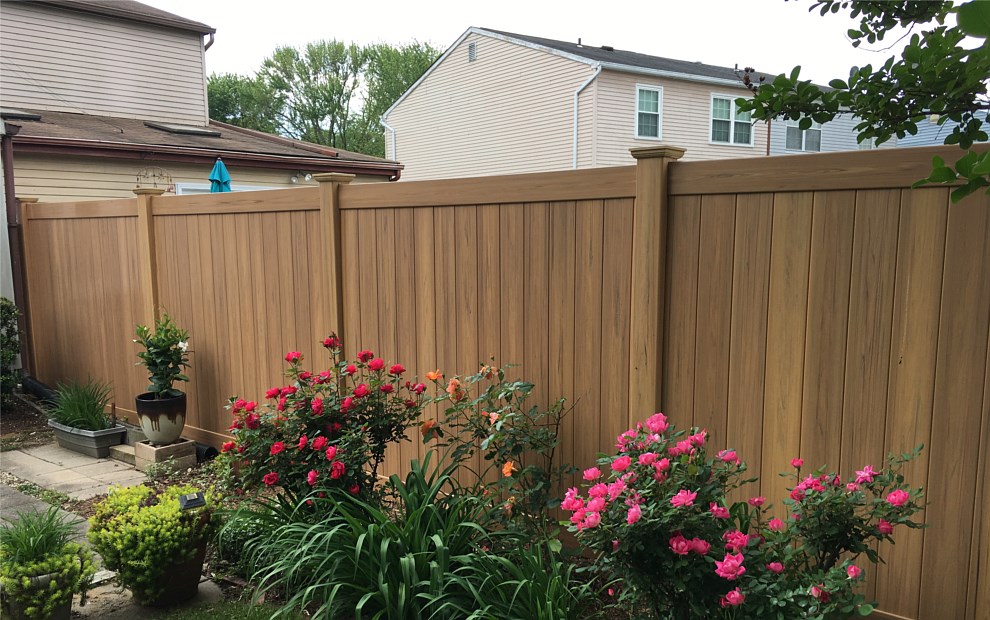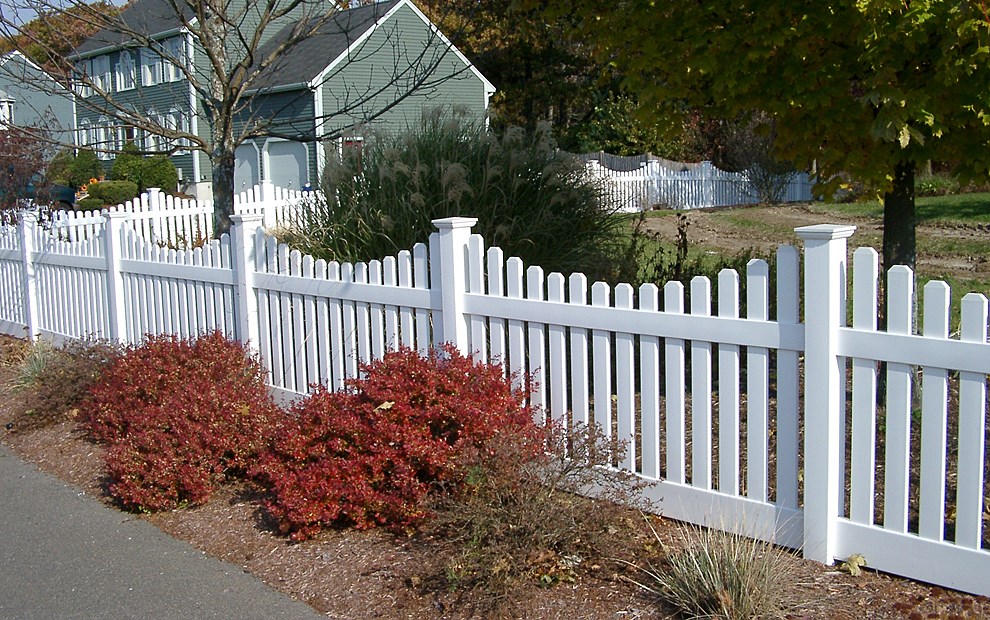
Good fences do make good neighbors, but only with advanced planning and courteous communication. Before scheduling a new fence installation, homeowners in Anne Arundel County, Howard County, PG County, and Baltimore County should check local ordinances and homeowners’ association (HOA) rules, if applicable. And if you have neighbors whose property will be adjacent to the fence, be sure to let them know about your intentions. Take a look at a few more tips on Fencing Etiquette:
Observe boundaries:
Don’t risk having to tear down that fence by going even one inch over your property line. Study your house line drawing or plat or order a new survey from a land surveyor to be sure of boundaries. At Fence & Deck Connection, we offer our customers a survey service at very low cost. Without an official survey, we typically install a foot inside the line, just to be on the safe side.
Respect limits:
Fencing companies obtain permits and must know local zoning regulations for height, setbacks, and other restrictions. Height limits typically are 6 feet for side and back yards; 4 feet for front yards. More restrictive rules often apply to corner lots, where blind curves can limit driving visibility. To avoid disputes, review restrictions with your fence company before choosing a fence. If the fence is at the front or side of your property, you must also take into consideration any work that might need to be completed on your driveway or walkway.
Follow HOA rules:
Fencing companies are not responsible for knowing home owners association dos and don’ts; that’s your job. Unless you want to suffer committee wrath, and engage in a dispute, follow HOA guidelines. HOAs can dictate style, height, and maintenance. If your HOA wants all structures to match, you won’t have much wiggle room.

Nice-to-dos
Share your fencing plans:
No one likes surprises. Before installing, save yourself a fence dispute and have a conversation with neighbors. If property line issues exist, resolve them before installation. No need to show neighbors the design–that’s just inviting trouble. They have to live with your choice unless it lowers property values or is dangerous.
Put the best face outward:
It’s common practice to put the more finished side of your fence facing the street and your neighbor’s yard.
Maintain and improve the fence:
It’s your responsibility to clean and maintain both sides. So if you’ve got a fence stain make sure you clean it, or if an aging section starts to lean, shore it or replace it.

